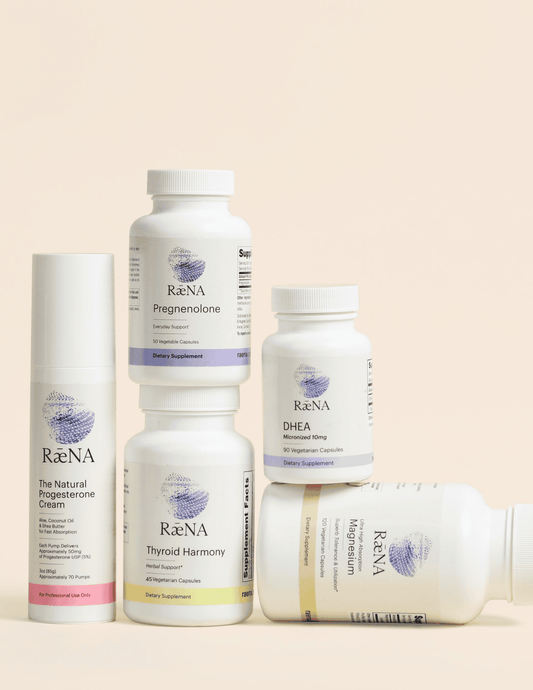
Endometriosis: Causes, Symptoms, and Treatments
RaenaEndometriosis is a condition where tissue is found outside the uterus, usually on other reproductive organs inside the pelvis or in the abdominal cavity. Johns Hopkins Medicine describes this process as: each month, misplaced tissue responds to hormonal changes of the menstrual cycle by building up and breaking down just like the endometrium does, resulting in small bleeding inside the pelvis. This leads to inflammation, swelling, and scarring of the normal tissue surrounding the endometriosis implants.
Endometriosis affects an estimated 2 to 10 percent of American women between the ages of 25 and 40. Johns Hopkins Medicine notes some common symptoms:
-
Pain, especially excessive menstrual cramps in the abdomen or lower back
-
Pain during intercourse
-
Abnormal or heavy menstrual flow
-
Infertility
-
Painful urination during menstrual periods
-
Painful bowel movements during menstrual periods
It is well known that endometriosis is fueled by estrogen, and many women with endometriosis may also be estrogen dominant.
One recent study noted,
"...Since endometriosis is an estrogen-dependent disease, treatment approaches still rely on mechanisms to suppress estrogen action. But this approach has the considerable disadvantage of affecting fertility and producing menopausal-like side effects.” (Endometriosis News)
Dr. Ray Peat, Ph.D., explains further:
“It involves the liver and the pituitary but estrogen is very central to the actual lesion or abnormal tissue of the endometriosis. Simply by reducing estrogen exposure, you can alleviate the symptoms of endometriosis. The cells begin producing estrogen themselves—they express the enzyme aromatase which manufactures estrogen. This enzyme was once thought to exist only in the ovary, but it has since been found in fat cells, breast cells, skin cells, bone, and muscle. Anywhere that is under stress will begin to produce estrogen molecules. When that happens in endometrial tissue, which should be exposed to estrogen for only about 12 hours each month, progesterone should surge to 50 or 100 times higher concentration to cause the cells to stop producing estrogen and release what they had.”
Women can become estrogen dominant through lifestyle factors such as diet, environmental toxins, and certain medications.
Nutritionally-devoid foods including crackers, baked goods, canola oil, and sunflower oil can create inflammation, unhealthy weight, and contribute to estrogen dominance. Simple dietary changes like prioritizing protein, avoiding vegetable oils, and eating sugars from natural sources can significantly reduce inflammation.
Bioidentical progesterone has shown very effective clinical results. Even progestin (a synthetic version of progesterone) has been effective in treating endometriosis. One study reported reduced or eliminated pain symptoms in approximately 90% of patients. Although the study was not done with bioidentical progesterone, clinical experience suggests bioidentical progesterone’s success may be even better.
To get started on solving your endometriosis, visit www.raena.com.


